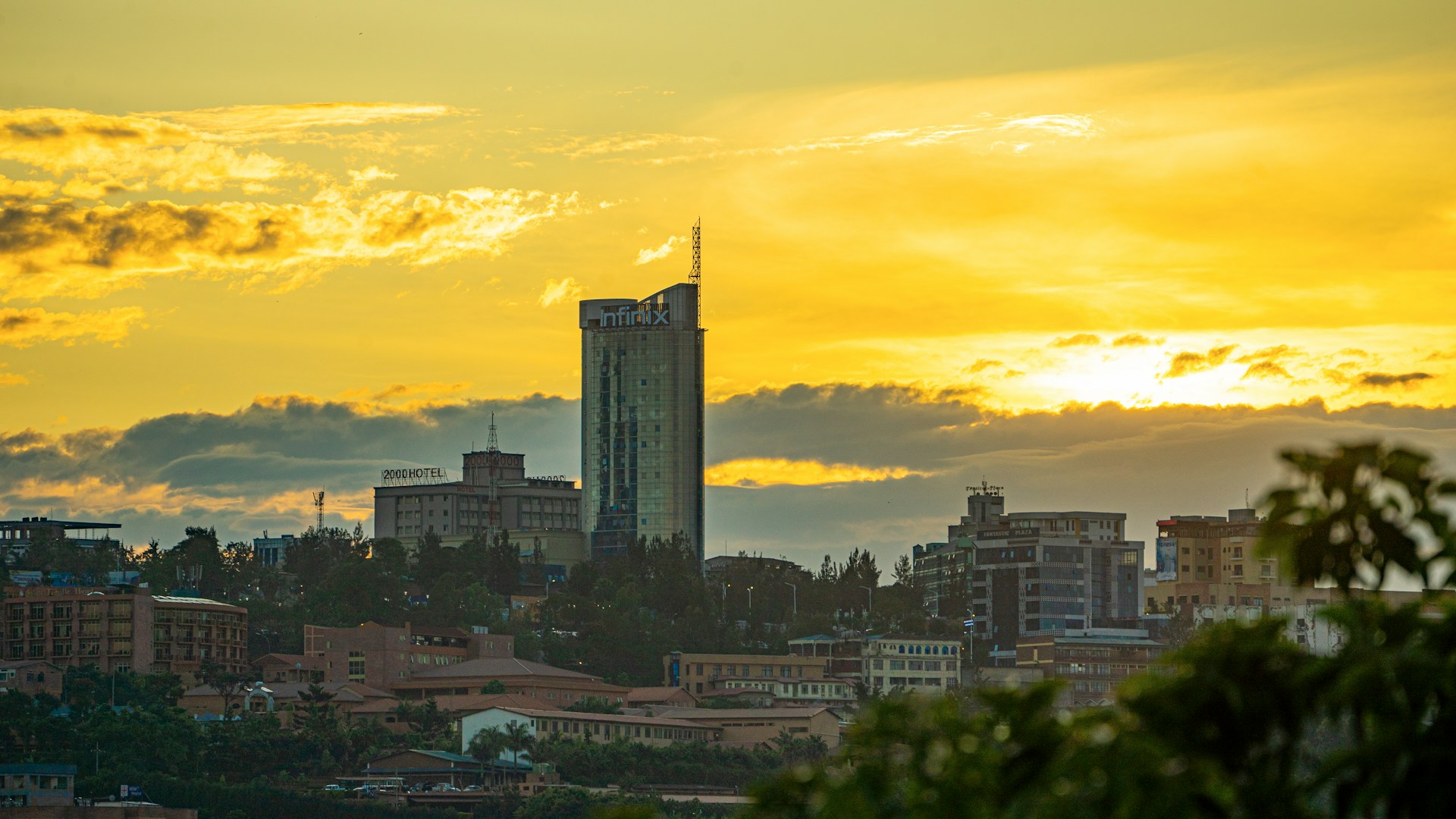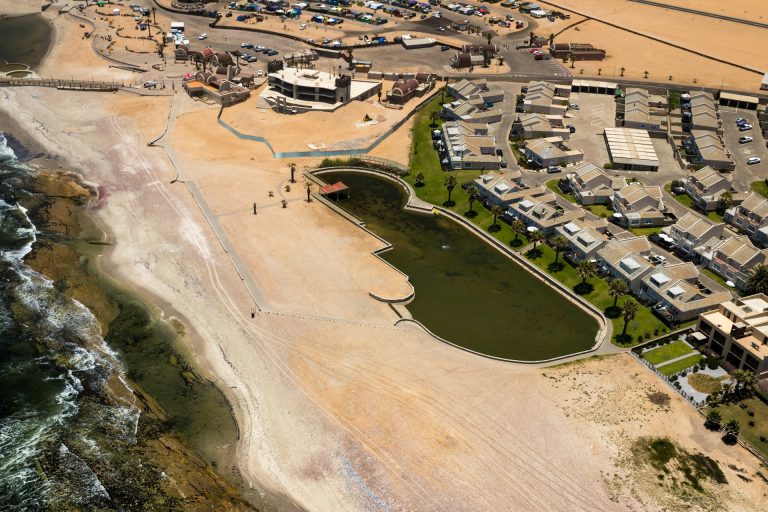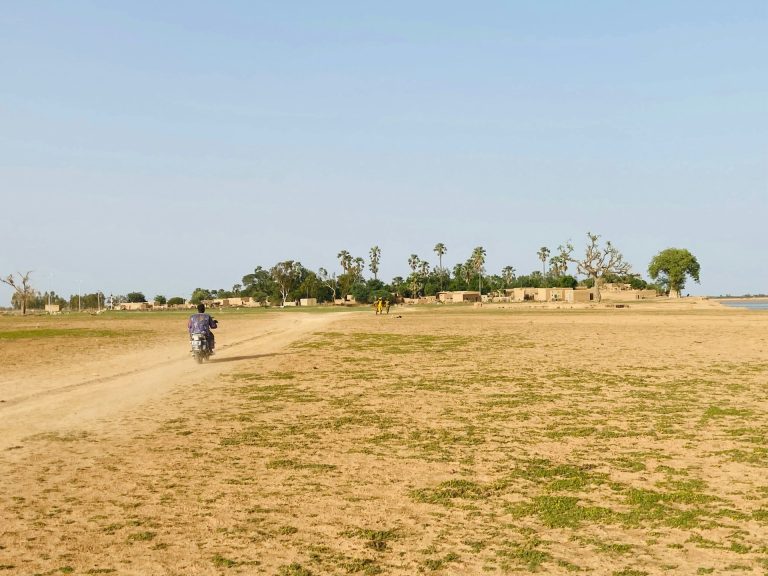- Banking assets surge 22.5% to $8bn in 2025
- SMEs face mounting pressure amid high borrowing costs
KIGALI, RWANDA – Rwanda’s banking industry has surged to $8bn in assets, a 22.5% rise from last year, even as small and medium-sized enterprises (SMEs) and other borrowers grapple with high interest rates.
According to new data from the National Bank of Rwanda, the 11 major commercial banks now control nearly two-thirds of the country’s financial system – accounting for 67.4% of all regulated financial assets. This dominance underscores the sector’s central role in Rwanda’s financial stability and its push toward middle-income status.
The backbone of Rwanda’s financial system lies in its nine major commercial banks – I&M Bank Rwanda Plc, Bank of Kigali Plc, BPR Bank Rwanda Plc, GT Bank Plc, Ecobank Rwanda Plc, Access Bank Rwanda Plc, Equity Bank Rwanda Plc, BOA Rwanda Plc, and NCBA Rwanda Plc – which together manage assets valued at Frw 7.7 trillion.
The central bank reported that these institutions have strengthened their liquidity and capital buffers significantly.
“Rwanda’s banks have strengthened their financial foundations. Liquidity positions improved significantly, with cash holdings up by 48.1%, balances in other banks rising by 39.8%, and reserves at the National Bank of Rwanda increasing by 30.4%,” the statement said.
The sector’s stability has been supported by improved monetary conditions. Following reductions in the Central Bank Rate (CBR), the weighted average lending rate declined by 37 basis points to 15.93%, while the average deposit rate was 9.45%. The CBR now stands at 6.5%, creating ample liquidity within the financial system.
Yet, despite these positive figures, analysts warn that banks’ growing profitability contrasts sharply with the struggles of borrowers. Non-performing loans (NPLs) stood at 4.18% of total loans in 2024 – still above the central bank’s 5% target, with the construction, retail, and manufacturing sectors most affected.
A fragile balance between growth and inclusivity
Experts caution that the widening gap between banking profits and private sector distress could undermine Rwanda’s economic ambitions.
“This imbalance poses a real threat to the government’s ambition of creating 250,000 jobs per year for the next four years. Sustainable growth requires more than profitable banks; it demands financial systems that allow businesses to breathe, grow, and employ,” said Joseph Ryarasa, an economic analyst.
Authorities have responded by tightening supervision and working with commercial lenders to restructure distressed loans. A joint task force between the central bank and financial institutions is also pursuing reforms to support credit access and protect small businesses.
Despite the challenges, the 11 banks continue to shape Rwanda’s financial landscape – a critical pillar in the country’s goal of achieving inclusive and sustained growth.











